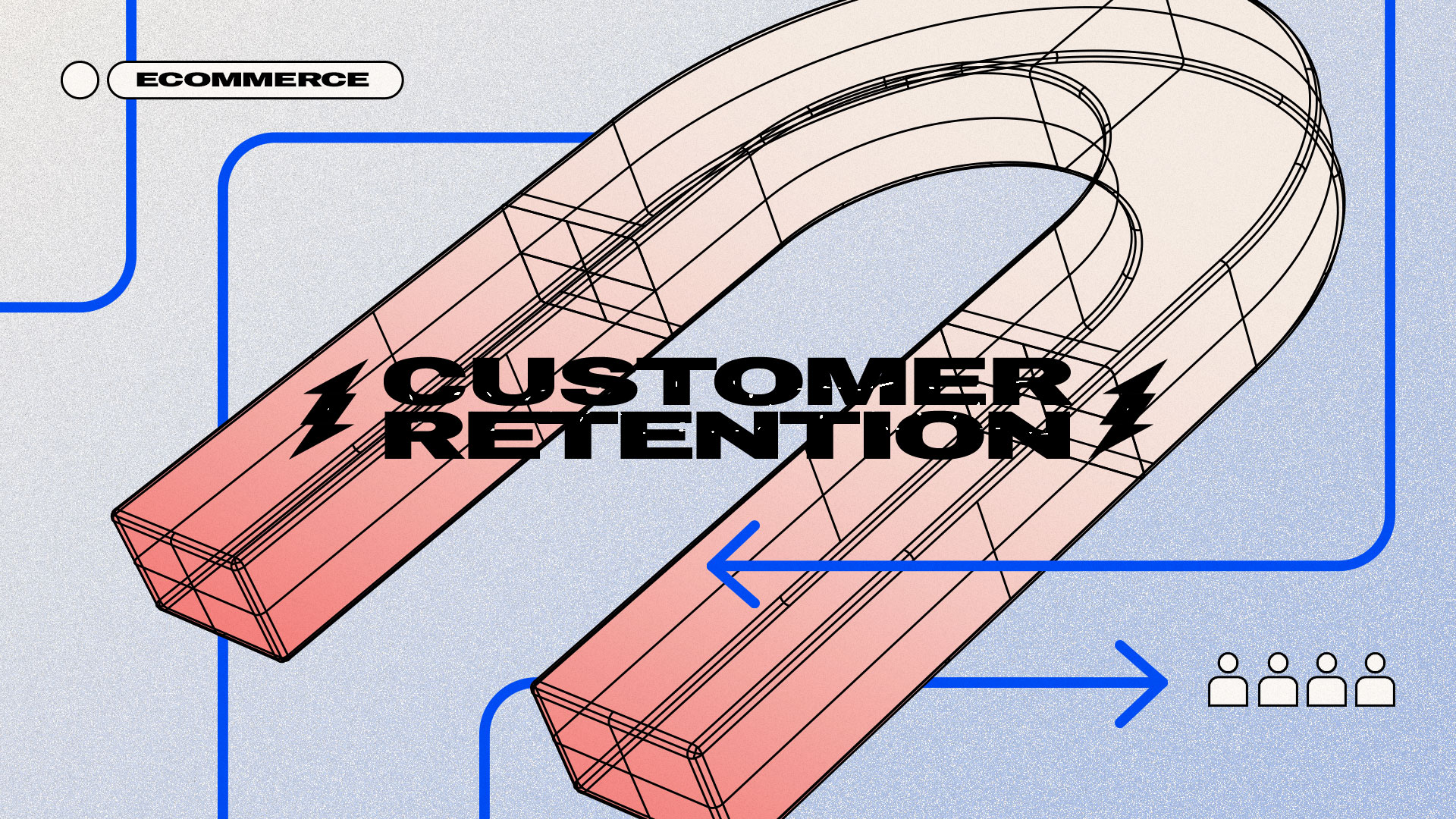A few years back, I was in a call with Dan Walchonok; he’s been working with Hubspot as the Director of Product Analytics, and he’s the Product guy at Reforge, so he knows what he’s talking about.
He told me: “If you have a good retention rate, nothing else matters.”
Many of our customers own/run eCommerce stores. They use Viral Loops, mainly to acquire new customers or to generate buzz for a new product in their store.
Yes, referral marketing is an affordable way to fill the top of your funnel with hot leads, but is acquisition what an eCommerce store needs to grow?
In the early days of every eCommerce store, there’s an obsession with customer acquisition- which is normal. But many times, this obsession carries on even in later stages.
But did you know that it costs 16 times more to build a long-term relationship with a new customer, compared to keeping existing?
Everyone focuses on new customers and forgets that around 40% of the revenue comes from 8% of the total traffic. This 8% is returning customers.
Throughout this article, we’re going through how to calculate and boost your eCommerce store’s customer retention.
What Customer Retention is, and how to calculate it.
The term “Customer Retention” refers to the ability of a business to retain its customers.
Customer retention is influenced by the number of new customers, and the number of existing customers that churn or don’t come back for another purchase.
Given a specific period, you can measure your eCommerce store’s retention by calculating the Customer Retention Rate.
Customer Retention Rate equation.
Let’s say that you want to calculate your store’s retention rate for 30 days.
Customer Retention Rate= ((# of customers at the end of the 30 days – # of new customers during the 30 days) / # of customers at the beginning of the 30 days) * 100
Let’s see an example:
If you start June with 50 customers, and by the end of the month you gain 40 new customers, and five customers churn. According to these metrics, you have:
- # of customers at the end of the 30 days = 50 + 40 – 5 = 85
- # of new customers during the 30 days = 40
- # of customers at the beginning of the 30 days = 50
So your Customer Retention Rate for June is:
((85 – 40) / 50) * 100 = 90%
Calculating your Customer Retention Rate is only the first step. Having churned customers is part of the game, but you have to identify if you have a problem with retaining your customers.
Do you know what the most common answer to all marketing-related questions I receive is?
“It depends on the industry you’re in.”
That’s partially the answer to what a good retention rate is. You can’t expect to achieve the same retention rate as a retail store if you’re selling cars.
Let’s look at some examples of the average retention rate across different industries.
- Retail: 63%
- Banking: 75%
- Telecom: 78%
- IT Services: 81%
- Insurance: 83%
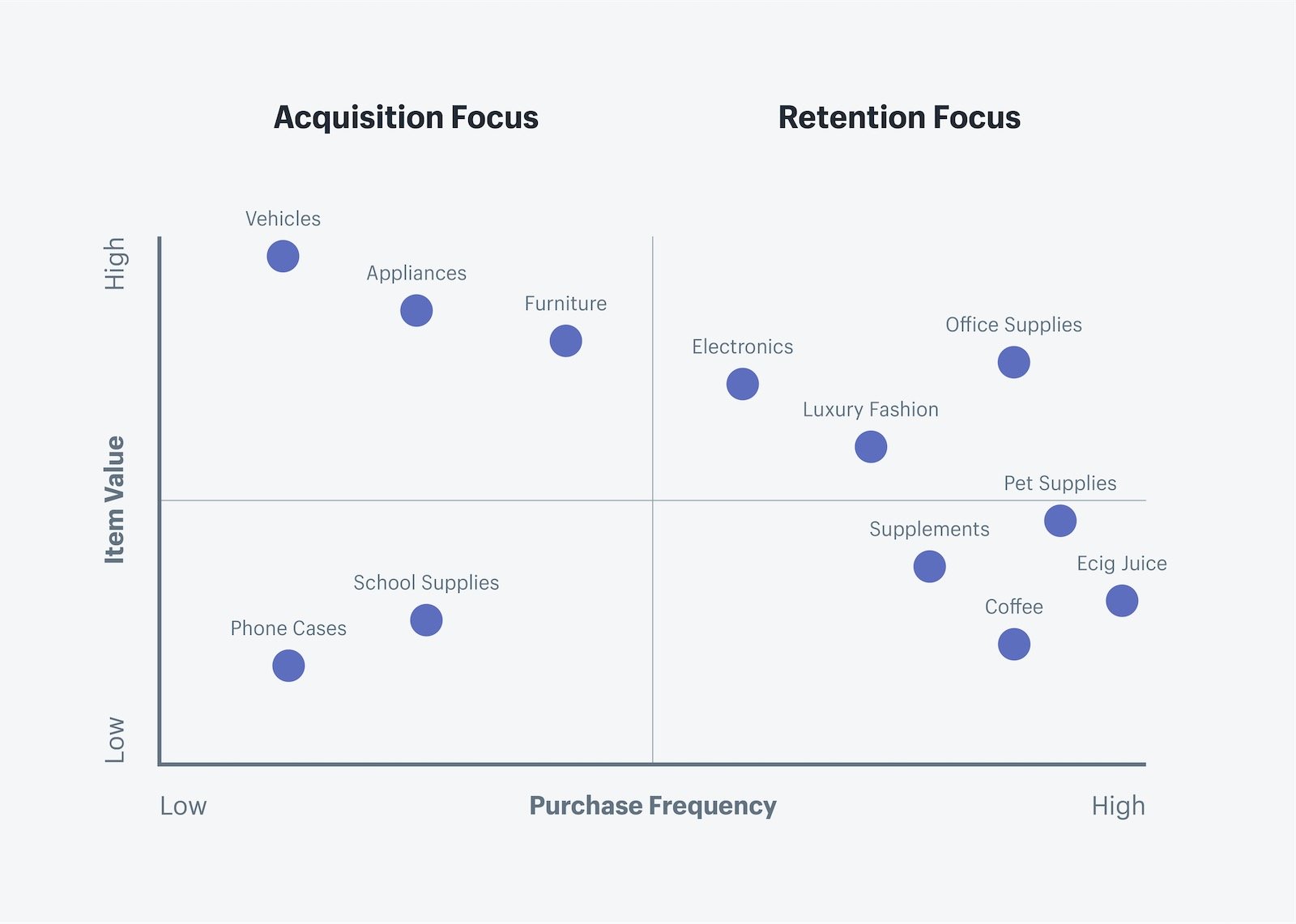
As I’ve already mentioned, calculating your eCommerce store’s Customer Retention Rate is only the first step of the process.
If your customer retention rate is low, you should investigate the reasons that your customer’s churn, and start improving your pain points.
How to boost your eCommerce store’s retention rate.
The investigation for patterns behind the reasons your customers churn will provide you insight for your store’s UX & UI, mobile-friendliness, your targeting, messaging, and pricing.
Although these are essential things, this article is about the marketing initiatives that you can take to increase your customer retention rate.
One of the most overlooked ways to increase customer retention rate is customer support.
How long does it take you to answer to your store’s customers/visitors?
Did you know that more than half of consumers expect a response from customer service within an hour, even on weekends?
Ensuring you provide answers within a short time, adds up to the customer’s experience. Also, if you get creative with the way you handle support tickets, you might even go viral, like Rackspace.
Here’s the story:
During a marathon troubleshooting session, a support engineer of Rackspace heard the customer was hungry, so she ordered them a pizza!
That’s a great example to follow.
Learning more about your customers.
For all the marketing initiatives we’re going to talk about further down the article, you need some degree of detail about your customers. The goal is to provide personalized experiences, and to do so; you have to add multiple data collection points.
For this article, we’re going to keep it simple. If you want to learn more about data collection and personalized experiences, BigCommerce has an excellent guide.
The data points you’ll need to collect:
- Name.
- Email address.
- Location.
- Purchase history.
- Abandoned items in cart.
The easiest way to get access to these data points is by getting people to sign up to your store to complete their order.
Sometimes the process of signing up is tedious for users. It might turn them off. One thing you can try is to allow them to check out as guests and then ask them to create an account in the order confirmation email.

After collecting all the necessary data, you can:
- Send personalized newsletters based on purchase history.
- Make repeated purchases easier.
- Remind your users of the abandoned items in their carts.
- Send birthday/anniversary offers.
Personalized newsletters.
We think it’s pretty straightforward, so instead of telling you what to do, we’ll just tell you what not to!
Please, don’t send every new product or deal to everyone. Trust us; women are not interested in men’s pajamas (unless it’s father’s day, which then is a good idea).
This kind of campaign should be as targeted as possible. You can create newsletters that include items based on your customer’s past purchases.
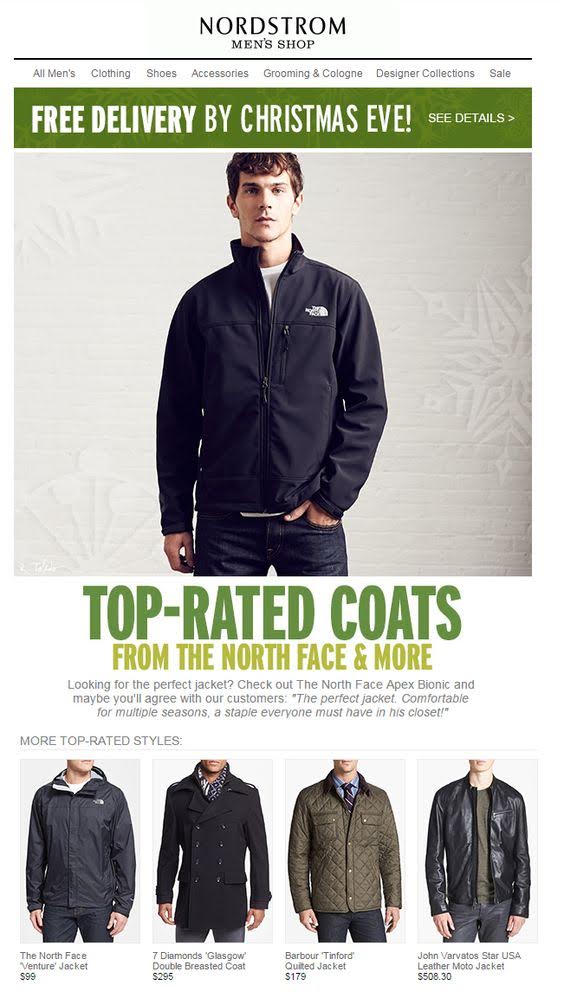
Make repeated purchases easy.
There’s a list of items that people buy on a weekly, monthly, or yearly basis.
Coffee, sanitary products, etc.
Let’s say your store sells liquids for vaping fellas. You can send them an email based on their previous purchase, around the time they will need to repurchase their juices.
Based on the same criteria, you can send a campaign including a special offer considering their most preferred product with an addition of other relevant products.
The goal here is to make a repeating purchase feel as fast as possible. Think what a game-changer was the “1-click purchase” that Amazon introduced in 1997 (wow).
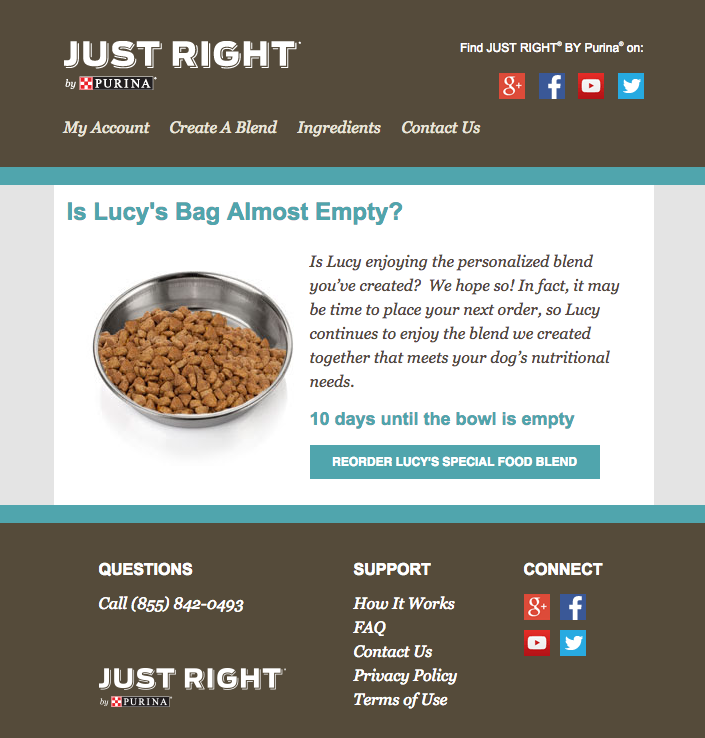
Most email marketing platforms offer the ability to repurchase campaigns, and it’s easier than it sounds.
Saving abandoned cart items.
No matter the reason for people to not complete a purchase, cart abandonment campaigns have been proven to be very effective as shoppers are close to the conversion, and all it takes is just some gentle nudge to push them to checkout.
A great Cart Abandonment campaign consists of 3 things:
- Context—you have to inform people what they’ve left in their cart.
- Copy—”you forgot to buy your ITEM” doesn’t work. You have to make both your subject and email body appealing.
- Visuals—although a plain-text email might do the job, adding a suitable photograph can act as an emotional trigger.
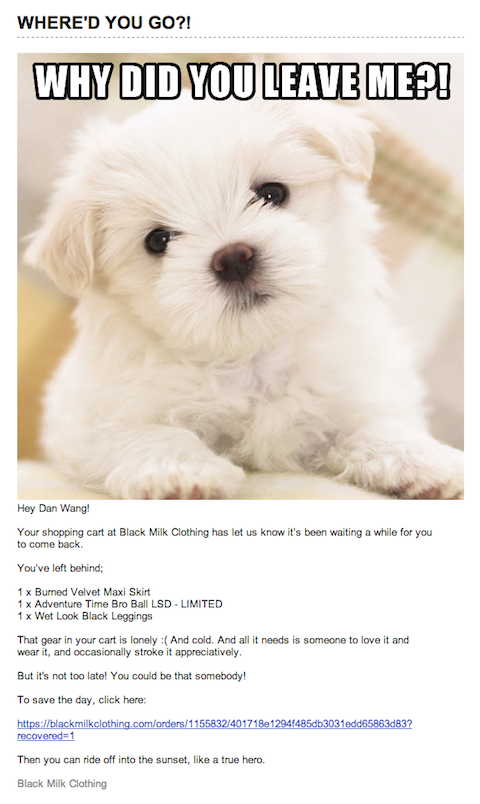
Reinforcing customer loyalty with Referral Marketing.
As I wrote in the opening paragraph of the article, referral marketing is an affordable way to fill the top of your funnel with hot leads.
A fact that’s often overlooked is that an eCommerce store can use a referral marketing program to generate more sales while giving an extra incentive for customers to purchase again.
If you’ve seen our list with the best 100 referral marketing examples, you know that most of the eCommerce stores in that list use a double-sided reward system.
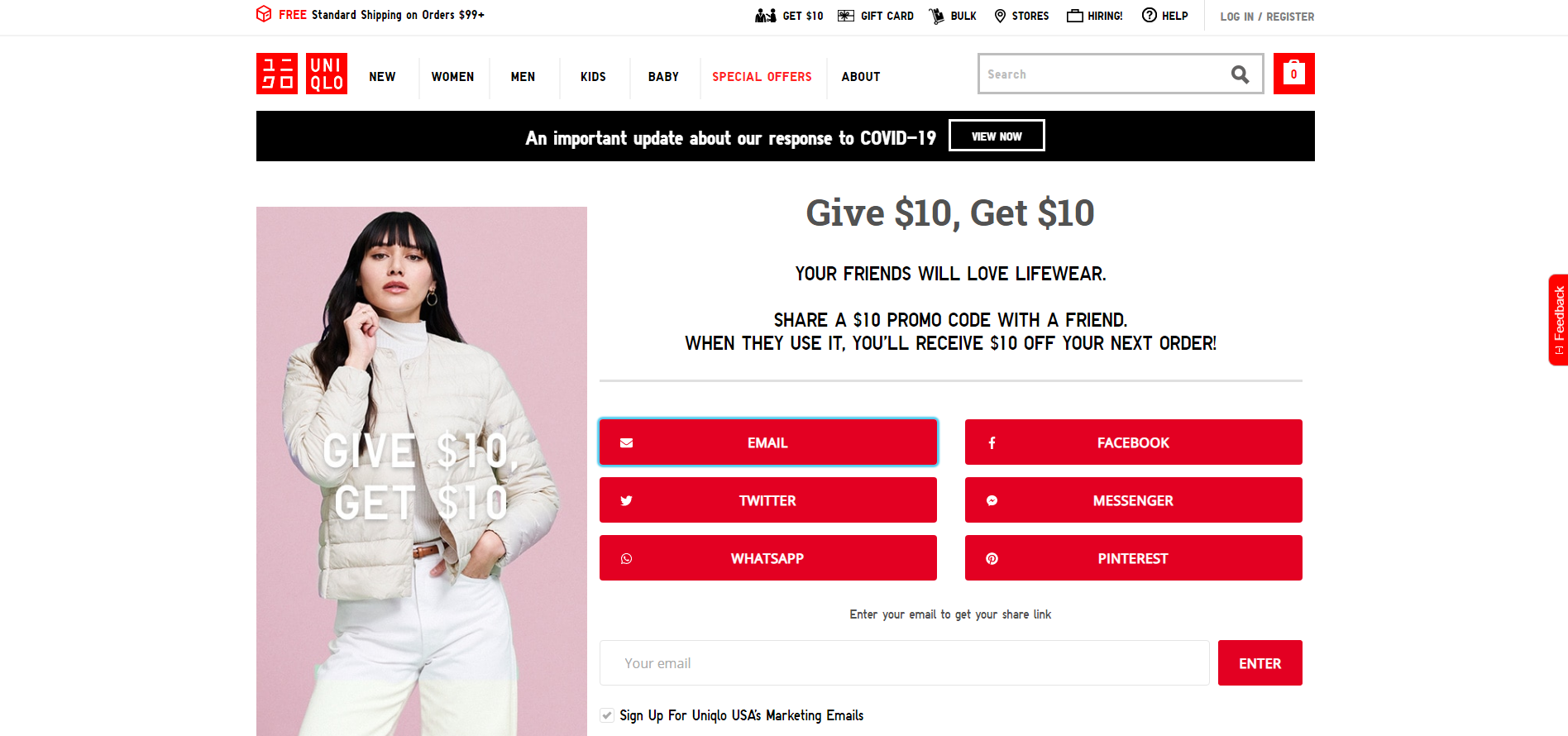
The idea is simple.
When a customer completes a purchase, you can incentivize them to invite their friends to purchase from your store with a discount. When their friends make a purchase, your original customer also receives a discount for their next order.
If you want to build a referral marketing program with double-sided rewards for your eCommerce store, you can use our Altruistic referral template.
Before you go.
The best way to ensure that your eCommerce store grows is to make people buy from you again.
If you’re not doing it already, calculate your current customer retention rate. The metric will provide insight as to why people don’t buy from you again, and a place to start optimizing your store.
If your business suffers from a low retention rate, it’s possible to fix it, starting with minor adjustments and then with more sophisticated experiments.
Apostle Mengoulis
Apostle is a core member of the founding team at Viral Loops. He has worked closely with hundreds of referral marketing campaigns made with Viral Loops. Apostle has years of experience in growing and marketing companies and co-founded Growth Hacking University.
